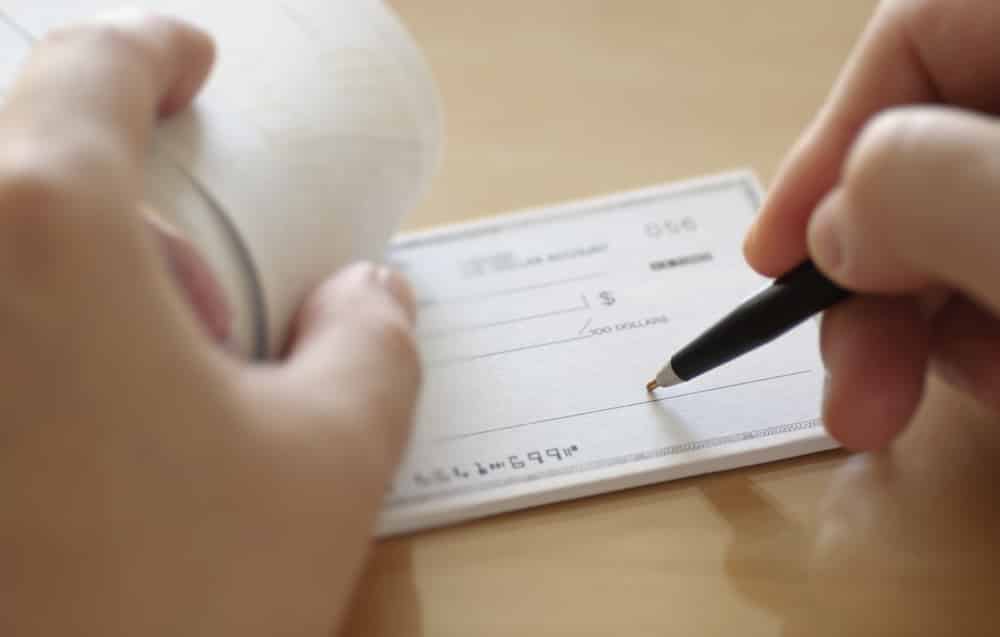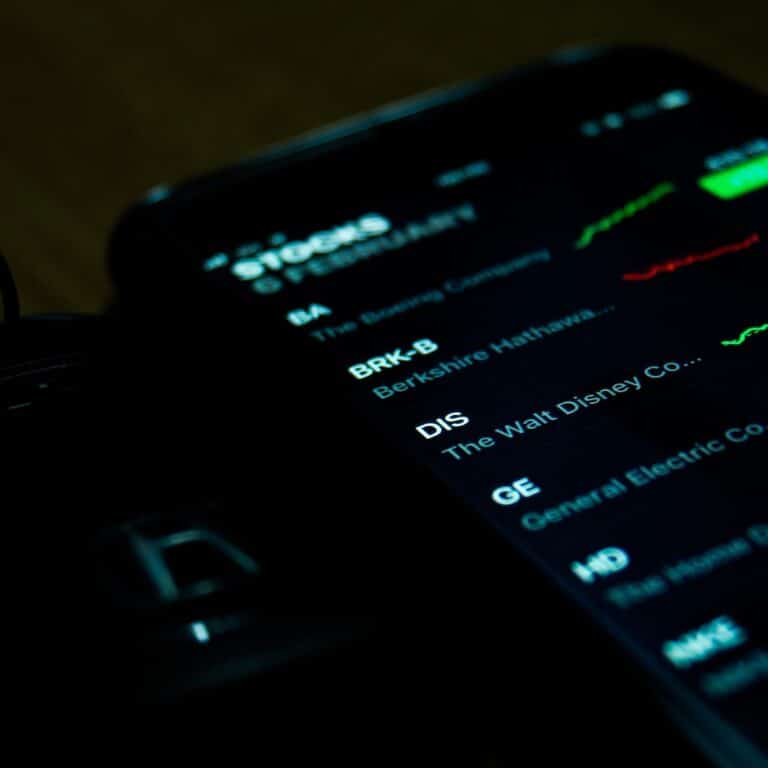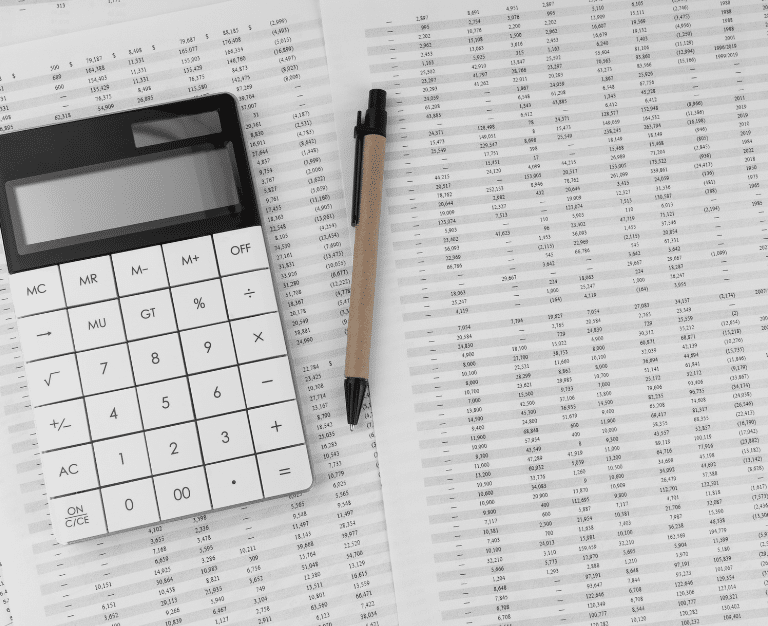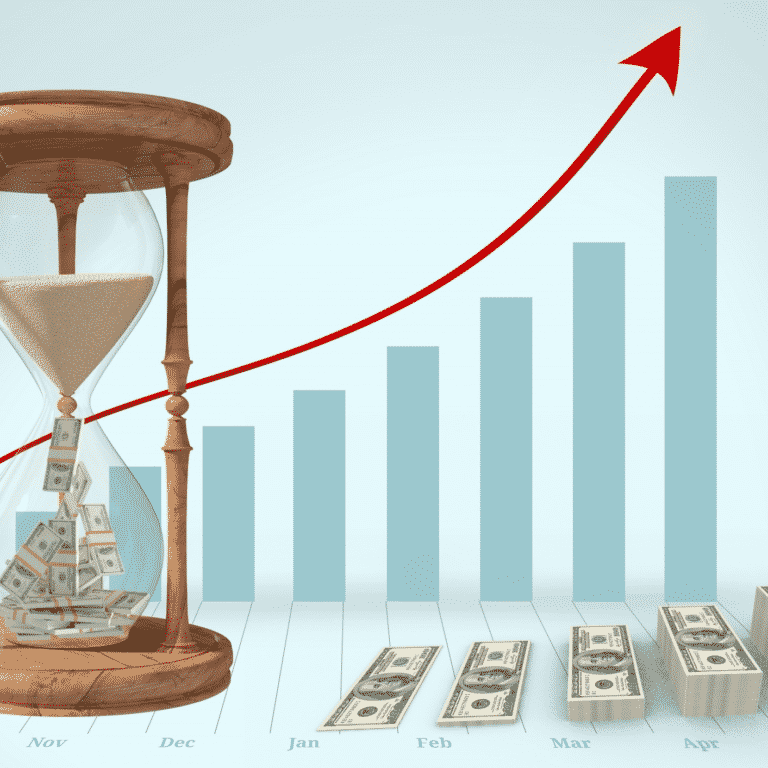Step-By-Step Guide: How to Write a Check
(Disclaimer: this post may contain affiliate links meaning I get a commission for recommending the products to you guys. Read full disclaimer here).
Are you filling out a check for the first time? You might be unsure where to sign a check or where to write certain things at. If you are a first-timer, you should learn how to write a check today. Whether you write it often in the future or not, knowing how to write a check is worthwhile. Checks aren't the most popular payment method like credit cards or debit cards these days, but they can still be helpful in certain circumstances.
When writing a check, there are many lines that must be filled out. Writing a check for the first time can be confusing, but it'll become easier once you do it.
Check Overview
A check is a piece of paper tied to your bank account. When you write it out to give it to a business or a person, you are sending that sum of money to the bearer.
Check is not as common as it ued to be in the old days. These days you have Apply Pay, PayPal, Venmo, CashApp, and other methods. Even if you have all these other payment methods, it is never a bad idea to learn to write a check. Even if check is not a popular method, it hasn't declined at all. Businesses and consumers are still using a check as a payment method to this day.
Below, you will find a step-to-step guide on how to write a check.
1. The Date
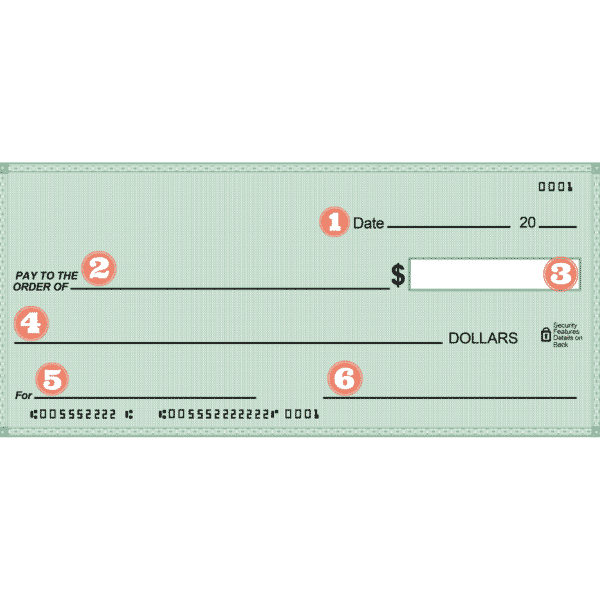
The first and foremost is the date. At the top right corner, there is a line for the date. You'll write the current date, including the month, day, and year. However, some people will write a future date on their check, but this is not a good idea.
When you write a future date, this is known as “postdating.” The recipient cannot deposit earlier than the date. This can be beneficial if you're waiting for sufficient funds in your account to cover the payment, but it also carries a risk.
According to the Office of Comptroller of the Currency, banks aren't required to handle checks until that date. You could risk overdrawing your account if the beneficiary deposits it sooner.
2. The Recipient's Name

After you've written the date, the next thing you would see is the “Pay to the order of” or “Pay” with a blank line. On this line, you would write the name of the person or organization to whom you are issuing the check to.
Make sure you write the recipient's name correctly. Contact the person or company to confirm if you feel unsure about the payee's name or who to write it to.
If you're writing to a person, you should include their first and last names, and if it's a company or organization, write it out fully.
3. The Amount In Numbers

You'll next see a blank box on the right. This is where you write the amount in numbers. You must enter the same amount in this section that you have written in words or plan to pay to the recipient.
Also, double-check that the amount in words and numbers are the same. You don't want to make any mistakes and rewrite a check again.
For example, If you're paying $10,000, be sure there's no space between $ and 1. Add the “/-” sign at the end to prevent the amount from being changed or manipulated by scammers, i.e., $10,000/-.
4. The Amount In Words

The next line is the amount in words. Instead of a number, you would write it in words like “one hundred and forty dollars” instead of $140.
If there are cents, you will write it as a fraction. For example, if you're paying $130.45, you'll write “one hundred thirty and 45/100.” If you're writing a check containing cents, you should make sure it is a number over 100. Writing the dollar amount in words is necessary for a bank to process a check because it certifies the accurate payment total.
5. Memo Section

It's now time to complete the memo section. This section can be crucial and optional since it helps you keep track of your spending and keep you organized too. For example, if you're paying your monthly utilities, you may write “September Electricity Bill” on the line.
You can also put information like your account number, tax ID number (for federal income taxes), and so on in this section. This ensures that your payment is applied to the correct account if your check becomes separated from your bill or tax form.
Whether you write anything on the line or not is up to you. It's simply a section that both parties can use to stay organized.
6. Sign The Check

The last thing you would do is to sign the check, which is the last line on the right.
Make sure you sign the paper the same way you signed your account application or any financial document. Your signature must be the same on all banking documents because the bank will only validate and execute the check if it matches your signature.
Now that you know how to write a check, it is time to go over some checks' numbers on the bottom.
Bottom Numbers on a Check
When you look at a check, there are numbers that run across the bottom of a check representing the routing number, account number, and check number.
Routing number: the first set of numbers is your routing number. This number represents your bank so that the check to be sent to the right place.
Account Number: the second set of numbers is your account number which is between 8 to 12 digits. This number identifies your bank account.
Check Number: the last set of numbers is your check number. This number can also be seen on the top right of your check. This number helps you track the payment.
Knowing where to look for these numbers is helpful when it comes to setting up automated payments for monthly bills and filing documents for things like direct deposit.
Check Writing Tips
When writing a check, make sure you enter all the information correctly and without mistakes or errors.
Signing blank checks is not a good idea. Fill in the amount and the name of the person or organization you're sending the money to.
Use a pen instead of a pencil when writing checks since a pencil makes it easy for fraudsters to modify the details.
Maintain your signature's consistency. Change your signature only once in a while. Make the same signature on each check as you did on the application form or any other document.
Fill in all the details, including the check number, issue date, amount, and payment reason.
Common Questions Asked
What Will Happen if You Write a Check with No Money in Your Account?
The money will be returned if you write a check with no money in your account. Ihe person you wrote the check to won't get paid, and your bank account will be overdrawn. You will also be hit with a fee for a returned check.
Can You Void a Check?
Yes, you can! If you write VOID as large as you across the check and shred it afterward, your check is void.
What If You Mess up the Dollar Amount, Name, or Something Else?
The best thing to do is not to scratch any information out and write it over it because it could screw up something.
You should void the check and start a new one.
How Do You Write More than One Name on the Check?
This tends to be a tricky question for most people. You can write in the word “and,” then both parties must endorse the check before it can be cashed. If you write “or,” then either party can cash it.
Why Do You Have to Write the Numbers in Words on a Check?
This is for legal purposes. Writing the number out in words is the legal amount, and the dollar amount is the courtesy amount. The legal amount will take precedence over the courtesy amount if something happens.
The Bottom Line
Even if checks are not a common method these days, there are still times when you would need to fill out one. It is always best to learn how to write a check for future purposes. You just never know when you might need to fill out one. Learning how to fill one out is a part of your early financial education.
Thanks for reading, and I'll see you in the next post!
She started her blog, The Money Dreamer, when she realized the 9-5 job was not the lifestyle she wanted anymore. After designing for a while, she wanted a more meaningful life, which was freedom, so she decided to venture out. She took action so that she can live her dream life and decided to help people to live theirs by helping them how to save, budget, and invest.

